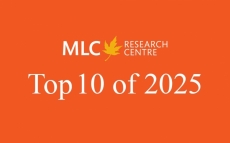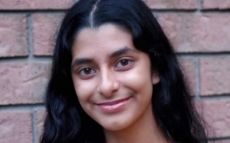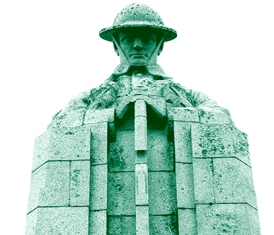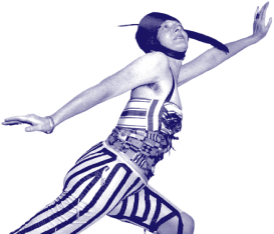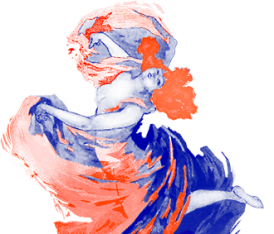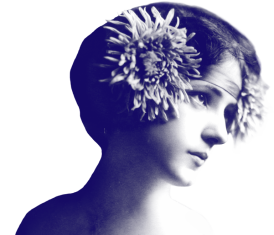HomeNews & Events2015December MLC Research Associates Launch...
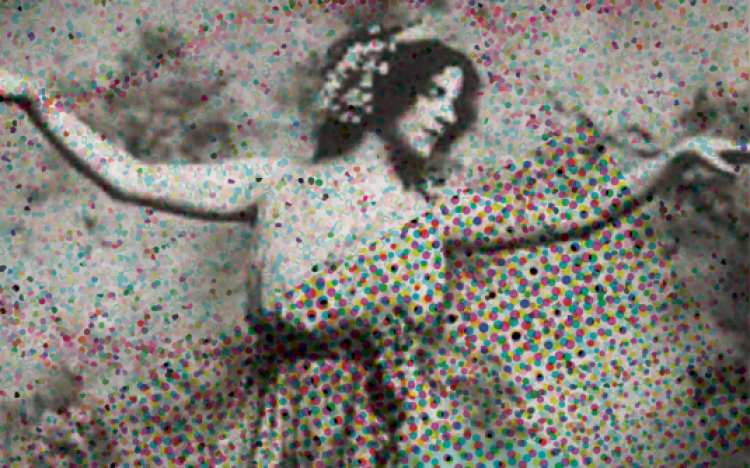
How do we create narratives and memories in the digital age? How do we preserve stories from our under-narrated past? These questions are at the heart of Cultural Mapping and the Digital Sphere: Place and Space, a book of fourteen essays from some thirty contributors who collectively explore communication technologies and cultural practices of the Canadian past and present. Underpinning the study is a recognition of the myriad ways in which technology fuels and transforms cultural production, whether it takes the form of books, maps, archives, stage productions, post cards, translations or digitized collections.
A case in point is Toronto-born erotic dancer Maud Allan, whose early twentieth-century Salome dances spawned extremely popular postcards that circulated images of complex sexual identities and narratives. “Allan’s Salome postcards, carrying the image of the dancer around the world and from the space of performance into the space of the home [...] was a ‘condition’ that mobilized in the early 20th century what is now familiar as the rhetoric of the ‘viral.’” These postcards, argues Cecily Devereux, are “both analogous to and precursors for the digital sphere and in particular for the circulation of [gendered and sexualized] images of women.”
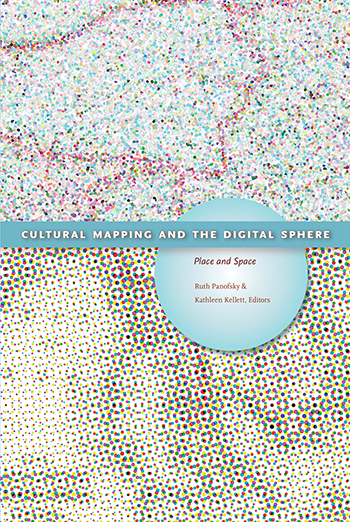
In this and many other examples, the book’s interest in digital communication technologies yields powerful stories of diverse gender, sexual, and racial identities. Michelle Schwartz and Constance Compton consider the case of the Canadian Lesbian and Gay Archives as an activist effort in making the internet a woman’s place, an effort which “increase[s] the online visibility of queer Canadian histories.” Their goal is both to “preserve lesbian and trans histories” (149) and “to respond to debates that have shaped that history” (149). Issues of race and anti-Semitism are tackled by Kathleen Kellett in a chapter exploring the autofiction of Franco-Ontarian author Marguerite Andersen, whose life in Berlin takes us into Nazi Germany. The intersection of language, space and culture is examined in Mireille Mai Truong’s study of Vietnamese-Canadian authors Kim Thúy and Thuong Vuong-Riddick, and Stéphanie Walsh Matthews, an associate professor at Ryerson, explores magic realism as a socially subversive force in Québec author Anne Hébert’s fiction.
Throughout the book, the digital humanities, urban space, and personal cartographies are brought together; Margaret Mackey uses new technologies to explore spatially and temporally distinct reading responses to Mary Quayle Innis’s autobiographical novel Stand on a Rainbow, and Heather Zwicker illuminates the invisible urban stories of the “Edmonton Pipelines,” while Paul Hjartarson and his team at Editing Modernism in Canada at the University of Alberta (EMiC UA) provide a new template for other scholars contemplating this form of research.
This book, which originated in a conference organized by the Canadian Writing Research Collaboratory at Ryerson University in 2011, was edited by two Ryerson professors, Ruth Panofsky, professor of English, and Kathleen Kellett, associate professor in Languages, Literatures and Cultures, who each bring their strengths to this project and are members of the Modern Literature and Culture Research Centre team.
“We are extremely pleased to help launch this book by two of our MLC research associates, Ruth Panofsky and Kathleen Kellett,” says Irene Gammel, director of the Modern Literature and Culture Research Centre. “The book’s timely focus on women, technology, and collaboration is particularly relevant today and provides a map for future studies.”
“This book offers an impressive collection of perspectives which provide the reader with an innovative understanding of culture, literature and space and the ways they intersect,” says Marco Fiola, chair of the Department of Languages, Literatures and Cultures. “It is a testament to the way technology can help raise awareness of cultural diversity.”
Many of the contributors will be onsite for the book launch. “Michelle and I are both very excited about seeing our chapter in Cultural Mapping and the Digital Sphere in print,” says Constance Compton, “…and to share our work with a larger audience. Our project in particular recovers gay liberation activists’ work in Canada — work that is often overshadowed.”
Book Launch
Thursday, March 3 (new event date!)
5:00 - 7:00 PM
MLC Gallery
111 Gerrard Street East, Ground Floor
RSVP: admin@mlc.ryerson.ca
Click for the poster invitation
Click to read more about the authors, Ruth Panofsky and Kathleen Kellett.
Sponsors
This event is sponsored by the Languages, Literatures and Cultures Department, the Faculty of Arts via a Small project grant, the Canada Research Chairs Program, and the University of Alberta Press.
 |
 |
 |



